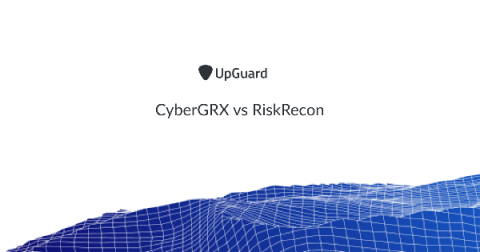Results Speak Louder Than Words: A Guide to Evaluating ICS Security Tools
Why leveraging live environment simulations and putting ICS tools to the test is the best way to evaluate their fitness. Track and field was one of my favorite sports growing up. I didn’t begin competitively participating until I was a teenager, but I was instantly hooked once I started. Why? Because the clock didn’t lie. The tape measure didn’t lie. The fastest time always won, and the longest throw always won. I like to think of ICS security tools in a similar way.










